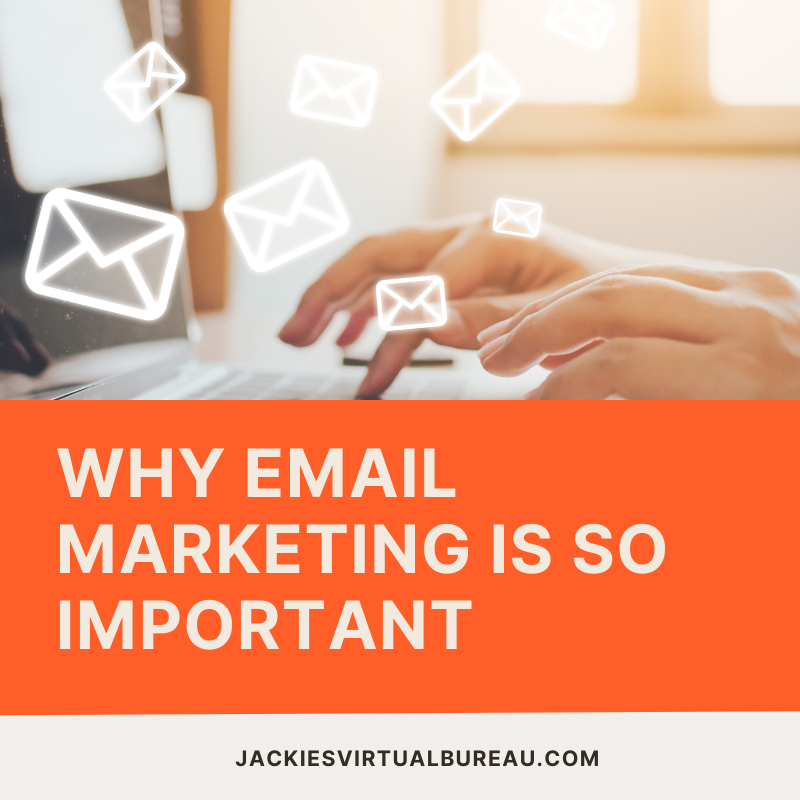Then things get a little more complex
To move onto the next level and grow your new list, you need to entice ‘perfect strangers’ (i.e. your target audience but don’t know you yet) to sign up to your email list.
To do this, you ‘warm up’ your ideal audience by building the ‘Know, Like, Trust’ factor.
The aim here is to introduce people to you and your business in a non-salesy way. This way you build up a relationship with your audience.
You want to encourage your audience to go on a journey:
STRANGER > LEAD > CUSTOMER/CLIENT > REPEAT BUYER.
We gently guide them to take the action we want them to (in this case, we want them to sign up to your email list).
As I mentioned earlier, you need to map out a strategy outlining what you want your audience to do and how you’re going to get them there.
There are lots of different types of these journeys, often called ‘funnels’, but for now, let’s create a journey which will encourage people to sign up to your email list.
We start by creating something free that they will find really useful, so they are more than happy to give you their email address in exchange for this free gift.
It’s your ‘free signature offer’ that helps or interests your audience in some way.






